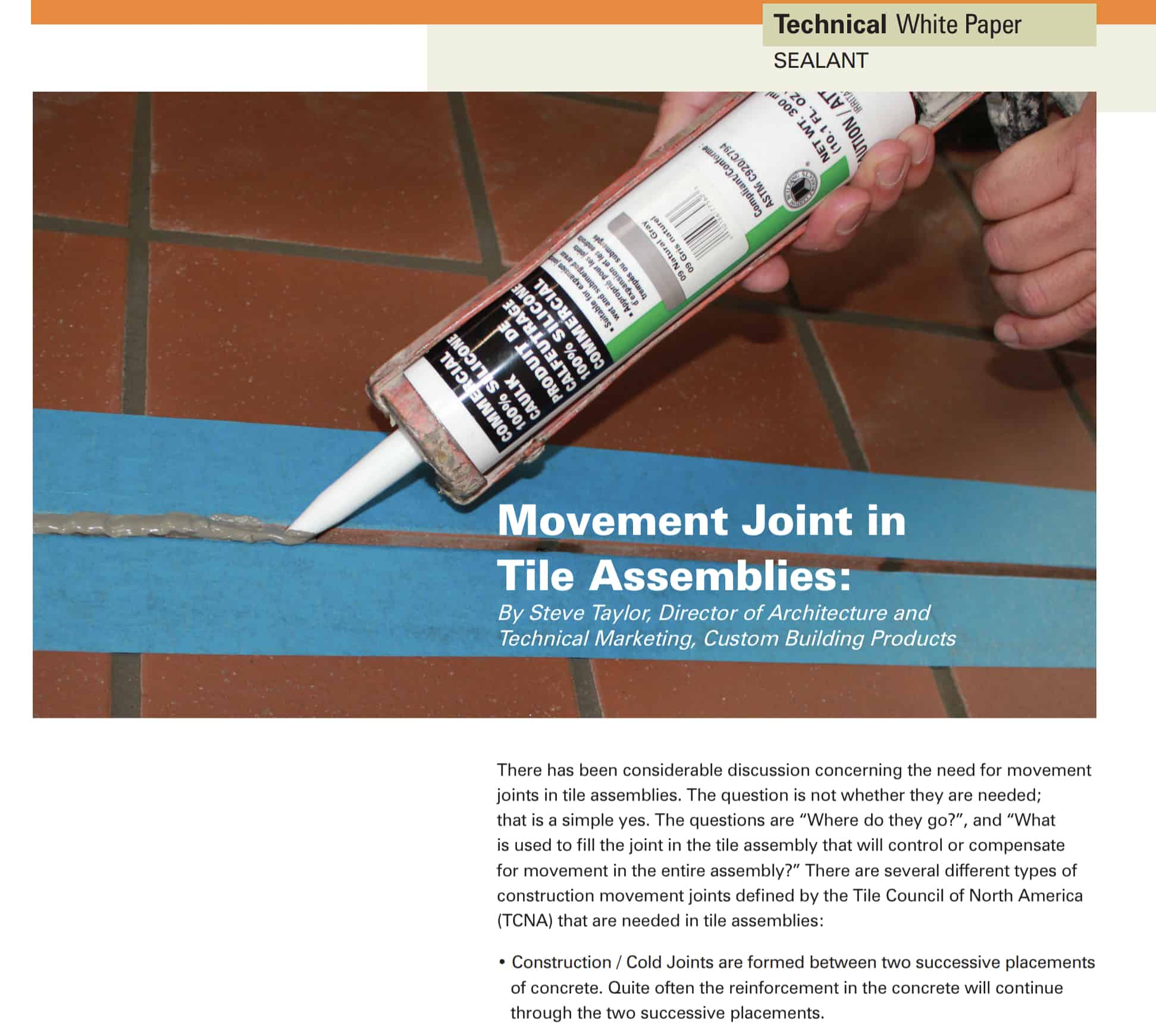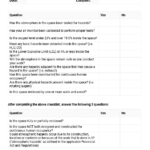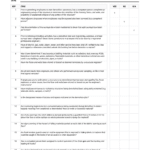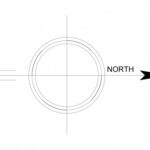Movement Joints In Tile Assemblies
LOVE THIS ITEM?
Download For Free
Subscribe to download this item for free! You'll unlock unlimited access to thousands of construction documents, templates and tutorials.
Start Your 14-Day Free TrialProduct FAQ
You will receive your documents and files immediately after you complete the checkout process. You will receive a link on the checkout page as well as via email.
As long as the document remains on Essential Construction you will be able to download it once purchased.
Yes, in most cases (with the exception of stock photography and ebooks) the files you will receive are editable.
We accept debit, all credit cards (Visa, Amex Mastercard etc) as well as payments via Apple Pay, Google Pay and Paypal.
Our return policy varies based on the product, for more information you can find our detailed return policy here.
Our documents are for use on your projects. You may not resell these documents on other marketplaces.
Full Description
There has been considerable discussion concerning the need for movement
joints in tile assemblies. The question is not whether they are needed;
that is a simple yes. The questions are “Where do they go?”, and “What
is used to fill the joint in the tile assembly that will control or compensate
for movement in the entire assembly?” There are several different types of
construction movement joints defined by the Tile Council of North America
(TCNA) that are needed in tile assemblies:
• Construction / Cold Joints are formed between two successive placements
of concrete. Quite often the reinforcement in the concrete will continue
through the two successive placements.
• Contraction / Control Joints formed in the concrete or sawn into the cured
concrete. This creates a weakened plane in the concrete that regulates
the location of cracking from natural movement during the curing cycle.
The concrete will crack the same as the random cracks we commonly
observe in concrete slabs, except with the inclusion of control joints, this
random cracking is controlled to a specific location. There is a potential for
continued movement that will cause these cracks to open and close the
same as the unrestricted natural cracks that occur randomly.
• Expansion Joints are created in the concrete to compensate for excessive
expansion, due primarily to temperature changes in the concrete. As the
concrete cures it generally will shrink and as the temperature raises the
concrete and tile assembly will expand. When the expansion exceeds the
shrinkage the concrete needs a joint to compensate; if not it can bend and
dome slightly, resulting in cracks in the assembly
This site uses Akismet to reduce spam. Learn how your comment data is processed.











Reviews
There are no reviews yet